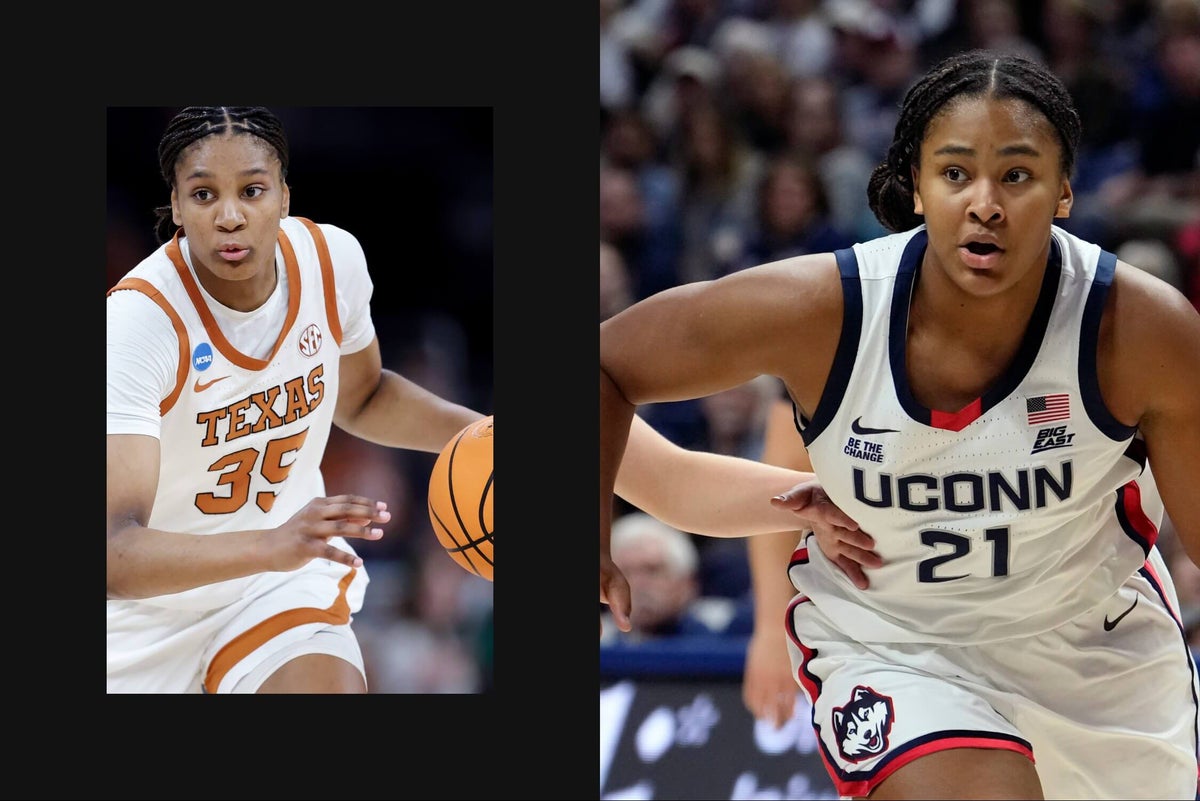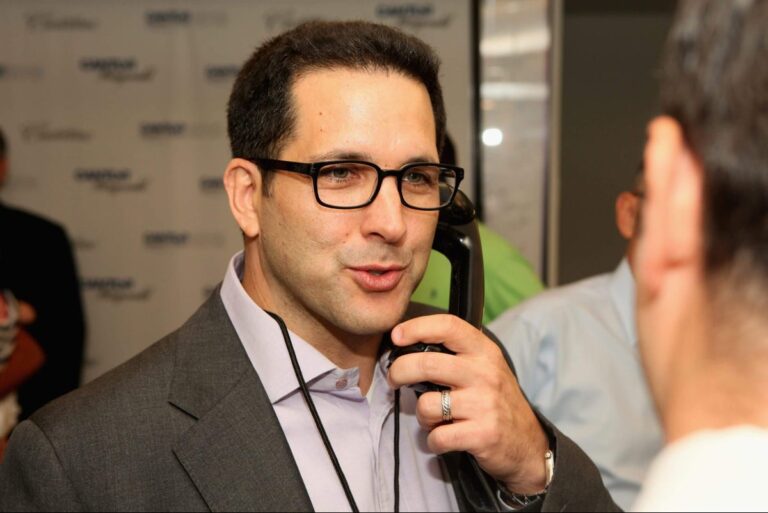The Athletic has live coverage of the 2025 WNBA Draft. As Sarah Strong dominated the South Carolina frontcourt during UConn’s national championship victory, gobbling up rebounds, protecting the rim and scoring from everywhere on the court, it was easy to imagine her also doing so at the next level. WNBA executives had to be drooling over the idea of drafting the next Huskies star.
But they’ll have to wait another three years. Under the collective bargaining agreement, which expires at the end of the 2025 season, American-born players are eligible to be drafted after completing four years of college. The one exception is that players can declare after their junior seasons if they turn 22 during the calendar year of the WNBA Draft. Since Strong has a February birthday, that won’t be an option.
There’s a world where JuJu Watkins decides to sit out the upcoming season, using both of her final years of eligibility, and enters the 2028 WNBA Draft that features Sarah Strong. If you were a GM with the No. 1 overall pick, who would you choose?
The idea of the age limit has historically benefited most parties, even if it diminished individual player agency. The WNBA is already the hardest league in the world to make and earn a second contract in, and it doesn’t behoove the current player pool to add more competitors for the limited roster spots.
Until recently, player experience was better in college than in the WNBA. It often didn’t make sense for athletes to sacrifice the ability to earn a college degree to pre-emptively join a league that didn’t pay that well. Certain players nevertheless took advantage of the opportunity to go pro after three seasons, including No. 1 picks Jewell Loyd and Jackie Young. Satou Sabally, the No. 2 pick in 2020, cited finances as the reason she left Oregon early, as she was in college before athletes could make money.
Foreign-born athletes don’t have to deal with the same age-related constraints as their American counterparts. Players born outside the U.S. can declare for the draft the year they turn 20, provided they don’t attend college in the NCAA system, presumably as a way to incentivize talent around the world to play in the WNBA. Those concessions have never been made for American players, who already grow up dreaming of playing in the league.
Now the WNBA has better accommodations, more lucrative salaries and a higher profile, but college sports also offer money from collectives and the ability to profit from NIL deals. Athletes are no longer missing out on their earning potential by being denied early entry into the professional ranks.
The league benefits from the age limit as well. In addition to rookies being more physically suited for the pro game, the NCAA is a fantastic marketing tool for the WNBA. Players come into the league with four years of national exposure and oodles of name recognition. Though casual NBA fans struggle to identify one-and-dons, most WNBA fans are intimately familiar with the likes of Paige Bueckers, Aneesah Morrow and Hailey Van Lith before they even play their first professional game.
As a result, even though a new CBA is being negotiated, don’t expect the age limit to be a point of contention.
It has been mentioned; I don’t think it’s a high priority. Going out into the world at 18, 19 years old as a young woman with no degree to go play a sport with nonguaranteed contracts, it’s kind of a recipe for disaster.
There is a reasonable discussion to be had about whether Bueckers would be the No. 1 pick if every player in college this season were draft-eligible. Strong’s overall game, combined with her youth, in a league that still runs through the post, makes her a tantalizing selection. Watkins’ prodigious skill and star power put her in that hypothetical conversation as well.
For now, this exercise remains theoretical. College basketball is still a more popular product, and the WNBA can afford to remain exclusive and close its doors to younger players with all of the talent that already exists within its ranks. The subset of players who could realistically make the jump early is limited — too small to rewrite an entire set of rules for.
Source link




